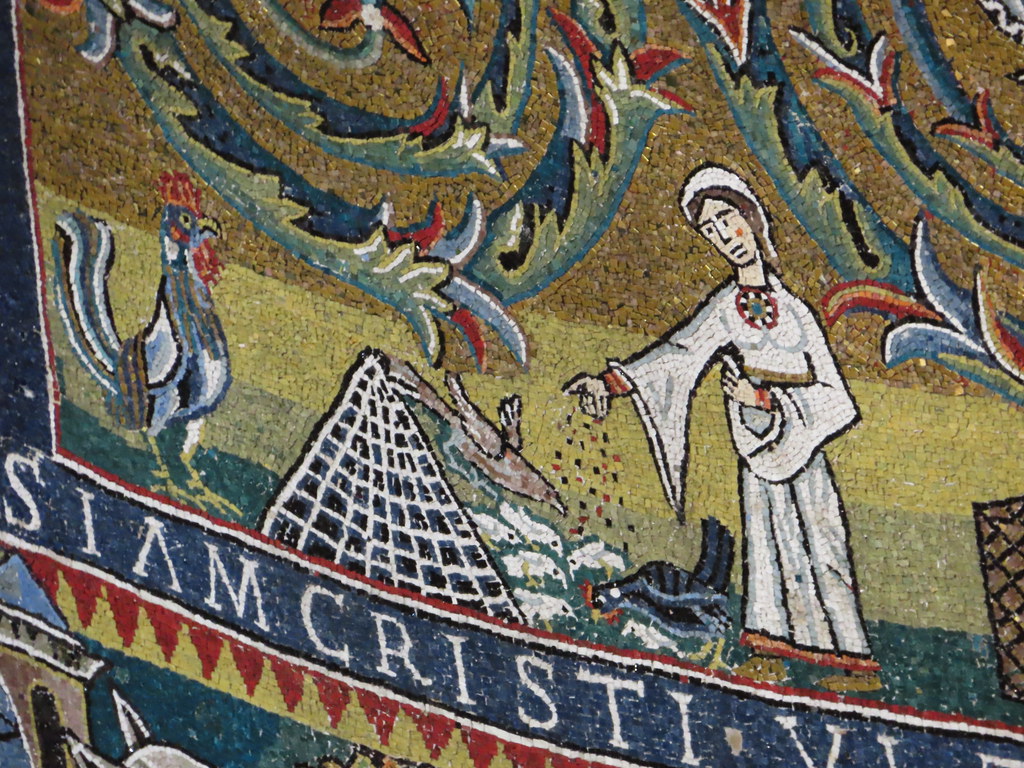I. An Insider’s Introduction to the Charms of Puglia
As a travel advisor who has lived in Italy, I’m often asked for tips on the country’s hidden gems that capture authentic Italian culture and scenery beyond the well-trodden tourist trails of Rome, Venice and Florence. My answer is always the same – visit the mesmerizing southern region of Puglia.
Tucked away in the heel of Italy’s iconic boot-shaped geography, Puglia remains an under-explored paradise, with soaring cathedrals, whitewashed hillside towns, ancient olive groves, and over 500 miles of coastline flanking the azure Adriatic and Ionian seas. From its laidback lifestyle steeped in rural traditions to the welcoming hospitality of its people, Puglia offers an unfiltered glimpse of Italy’s rich history going back over 2000 years.
Yet despite being one of Italy’s most fascinating and photogenic landscapes, Puglia receives merely a fraction of visitors compared to more famous neighbors. This leaves its cobblestoned Baroque city centers, underground cave restaurants, and cone-shaped stone huts known as trulli refreshingly crowd-free. With its temperate climate, quality-yet-affordable travel options and wealth of authentic Italian encounters, Puglia beckons to be discovered.
II. Historic Significance of Puglia: A Chronological Glimpse
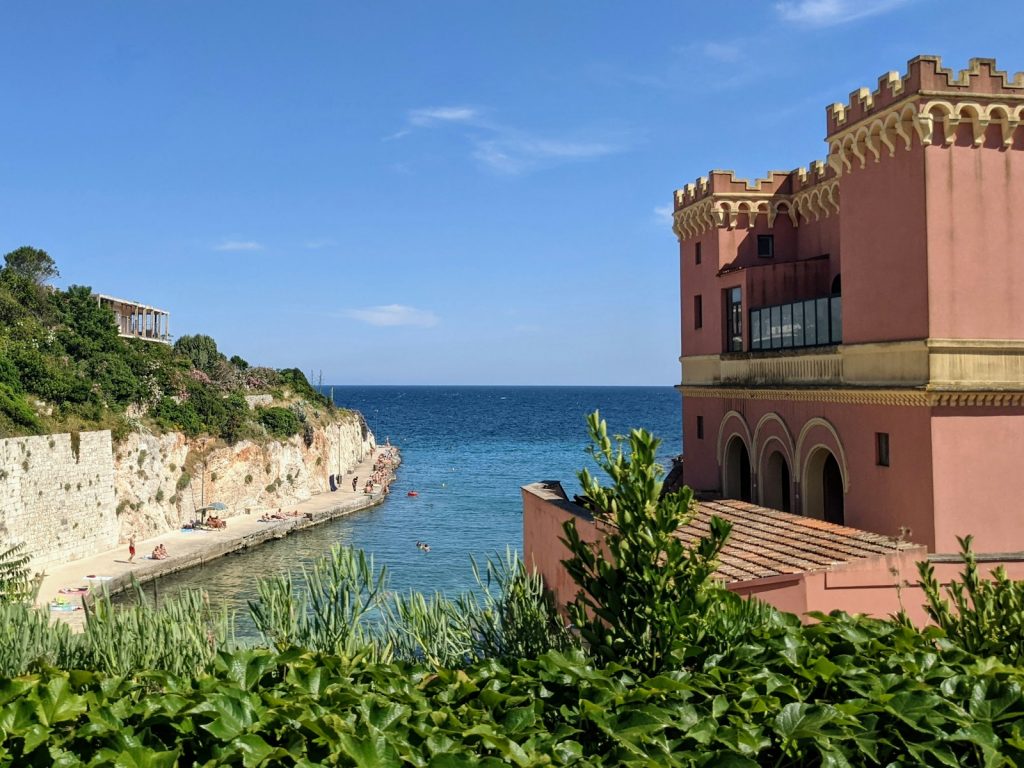
Puglia has been shaped by centuries of Greek, Roman and Norman rule, with each leaving an indelible cultural imprint. Ruins of ancient Messapic settlements date back to 1000 BC when Puglia was colonized by ancient Greeks. The region later thrived under the Roman empire when centers like port town Brindisi became thriving trade hubs. After the fall of Rome, Puglia was conquered by a succession of factions like the Byzantines, Lombards, Arabs and Normans across the Middle Ages.
This diverse past is etched in Puglia’s cave churches, Roman amphitheaters, Crusader castles, Gothic and Romanesque cathedrals that have remarkably stood the test of time. They lend backdrops steeped in legend to modern festivals and daily life. From classical plays staged in ancient ruins to religious processions winding through Baroque squares, Puglia’s present continues to celebrate its storied history.
III. Planning Your Puglia Journey: When to Visit and Expense Estimates
One of Puglia’s most enduring misconceptions is that its southern location makes it sweltering in summer. However, constant sea breezes maintain comfortable temperatures between 60-80°F for most of spring and fall. While July and August can get quite hot, this is also when festivities are at their peak. Due to its coastal geography, even winter months remain relatively mild at around 50°F, with limited rainfall.
It’s quite possible to plan an affordable Puglian escape sticking to a modest $125 a day per person budget on meals, activities and transportation. Opting for less touristy rural stays over luxury hotels provides more immersive local experiences too. Travel expenses can be lowered substantially by avoiding summer peak season, using public transport over taxis and seeking restaurants beyond famous tourist hubs.
IV. The Puglian Rhythms: Unique Cultural Experiences and Traditions
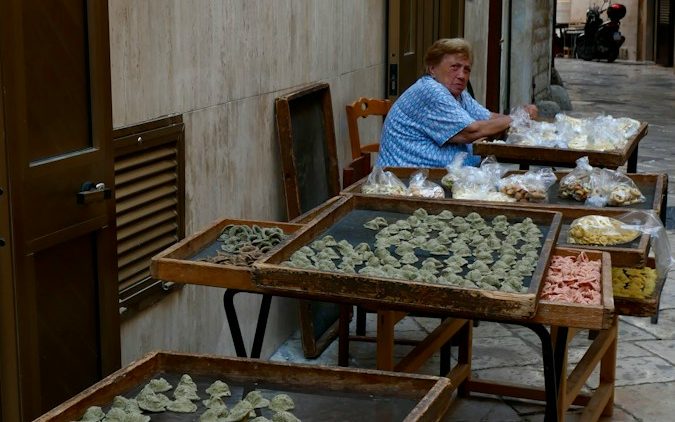
The beauty of Puglia lies in its untouched heritage and unhurried joie de vivre that modernization has not infringed upon. Long summer lunches stretch for hours at countryside agriturismos serving just-picked olives and handmade pastas paired with primitivo wine. Siestas are still sacrosanct. Locals take genuine pride in creating quality artisanal wares, be it hand-woven baskets or durum wheat pasta dried slowly under summer skies.
Such dedication to tradition translates into heart-stirring artistry – found in soulful Puglian folk music called pizzica, rare lace-work and dazzling costume parades during carnival celebrations. Compared to the throngs of international visitors crowding more top-billed Italian cities, Puglia also appeals in the conspicuous absence of tourists beyond peak season. Here, you become part of local life instead of a mere spectator.
V. Exploring Puglia: Insider Tips and Recommendations
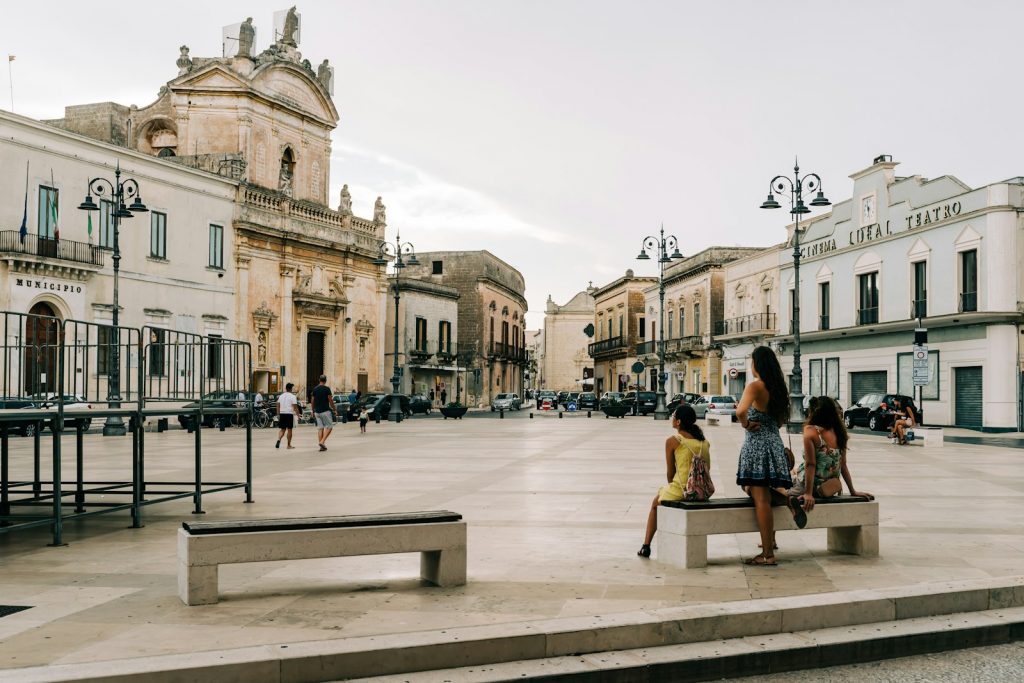
A common pitfall most first-time Italy visitors make is attempting to navigate its public transport, only to lose precious time to inordinate delays. Your best bet lies in renting a car once you land in Bari or Brindisi, Puglia’s access airports. While nerve-wracking initially, getting used to Italian road rules soon reveals itself as the fastest mode around Puglia.
Base yourself in any of Puglia’s charming old town quarters or cave villages rather than flocked beach resorts for better cultural immersion. Trulli with their iconic conical roofs make for unbeatable fairytale stays. Beach clubs work through a ‘lido system’ where you pay fixed rates for lounge chair rentals, food and amenities. Pick clubs avoiding maddening crowds. Learning basics like ‘acqua minerale’(mineral water), ‘per favore’(please) and ‘grazie’(thank you) can greatly ease navigation hassles.
VI. Lodging and Dining: Unforgettable Stays and Gastronomic Delights
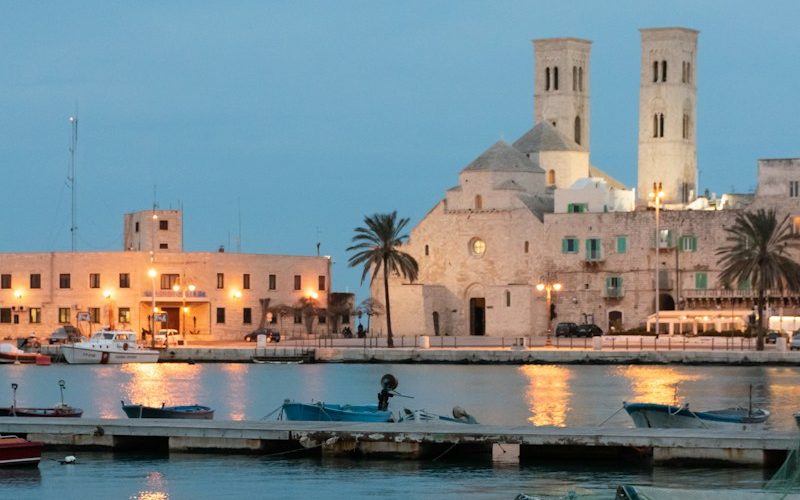
Trulli with their whimsical stone huts sporting grey conical roofs rank as Puglia’s most Insta-famous architecture. Rustic converted farms called ‘borgos’ come a close second for memorable stays. Borgo Egnazia fuses 5-star luxury with Puglian design while Sextantio Le Grotte della Civita offers cave suite stays. Wherever you pick, opting for heritage hotels helps preserve traditional architecture and local communities.
When it comes to dining, Puglia hits way above its weight class. Boasting Italy’s largest coastline has made seafood a staple, exquisitely prepared in crudos and grilled platters. Durum wheat reigns supreme in homemade pastas and flatbreads while olive oil yields astonishing nuance to vegetarian antipasti. Combine all this with Puglia’s obscure native grape primitivo that yields rich jammy wines, and you have the recipe for an unforgettable food journey.
VII. What to Keep in Mind: Understanding ‘Coperto’ and Other Local Practices
Unless acquainted with Italian dining etiquette, first-timers often get confused seeing a €1-3 ‘coperto’ cover charge tacked onto their bills. This offsets ‘pane e coperto’ (bread and service), making it permissible to linger indefinitely. Tips are appreciated but not compulsory. Always state any dietary preferences clearly when ordering – classic Italian fare tends to center around meat, cheese and wheat. Rabid coffee connoisseurs would do well to temper expectations on espresso – Puglians prefer the local variant of boiled dark coffee.
Groceries, household supplies and souvenirs cost substantially lower than in luxury resorts on the coast. Even at restaurants, moving away from staunch tourist centers nets far better value for money without compromise on quality. Witnessing rural life first-hand also makes for richer memories – be it olive harvests or winemaking.
VIII. Navigating Puglia: Insights on Transportation and Safety
Italian cities can seem anarchic for driving, but coastal highways and rural roads in Puglia prove relatively hassle-free. While public transport suffices for hopping between major towns, having your own wheels lets you chase fluctuating flight fares at secondary airports, discover remote villages and carry beach gear effortlessly. Keep spare change handy for toll roads. Beach parking tends to be crowded in peak summer.
In our age of travel warnings and advisories, Puglia comes as a pleasant surprise with low crime rates even in urban pockets. Petty purse snatching prevails over violent crime. General vigilance as applies universally suffices – avoid flaunting valuables or wandering alone past midnight. Beach safety also remains a non-issue except for the usual rip current risks.
IX. Choosing the Perfect Time: Seasons and Months to Visit Puglia
For ideal climate conditions, late spring (May-June) and early autumn (September – mid-October) make perfect windows to avoid both winter rains and intense summer heat. The silver lining for low season visits is rock-bottom hotel tariffs, unrestricted access to top tables and stunning landscapes sans tourist crowds.
July and August see temperatures crossing 100°F at noon, but equally make for incredible beach-bumming. Plus Puglia’s annual festivities climax during summer, translating into riotous carnivals, open-air concerts and medieval pageants. To sidestep oppressive heat, time day trips during early mornings and late evenings.
X. Additional Tips and Excursions: Making the Most of Your Puglia Visit
Puglia offers sufficient sights to fill weeks, but can be well sampled over 7-10 days. For longer sojourns, a recommended detour leads to Matera in neighboring Basilicata, famed for its natural limestone cave dwellings that date back to the Paleolithic Age. Day trips to the islands of Tremiti make for great beach escapes too.
One downside is limited English usage in Puglia owing to low tourist influx so far. Carry essential Italian phrases and don’t hesitate to gesture! Getting accustomed to relaxed Puglian ways after coming from fast-paced US cities proves another adjustment. Going with the southern Italian flow rewards you however – be it for languorous meals or mid-afternoon naps when you least expect!
XI. Where to Next? Options Beyond Puglia
After an idyllic Italian immersion in Puglia, travelers often ask where best to head next within Italy. Good news abounds with destinations equally romantic as intriguing – choose between strolling medieval cobblestones in Florence, sailing the Venetian Lagoon or delving into ancient Ostia Antica ruins and trendy craft cocktail bars in Rome. Further south, appreciate Greek influences in quirky Lecce or amid sea-girt pastel villages clinging to the Amalfi Coast.
XII. Crafting Perfect Itineraries: Activities and Duration Recommendations
Over two weeks allows ample time to cover Puglia without feeling rushed even if you intend to lounge happily for days atop sun-kissed beaches. With a week, you could focus exclusively on Valle D’Itria’s trulli heartland or the Salento Peninsula and Lecce while a quick 4 to 5 day trip lets you appreciate one or the other.
Must-see destinations rank as the famous conical trulli dwellings of Alberobello, the dramatic coastline and sea caves along Gargano Promontory, the cultural capital Lecce with opulent Baroque façades and the bewitching white town of Ostuni. Meandering along ancient olive groves, devouring heaped seafood platters and swinging to the beat of pizzica folk dances guarantee memories to last a lifetime!
I hope this insider guide helps you plan an amazing trip that captures the essence of life in Puglia beyond its Instagram hotspots and famous luxurious resorts! Let me know if you need any other tips for accommodations, hidden restaurants or offbeat destinations to seek out. Travel to Italy always rewards those who veer away from rigid itineraries and tourist trails to embrace all the culture, chaos and culinary feats it offers.
